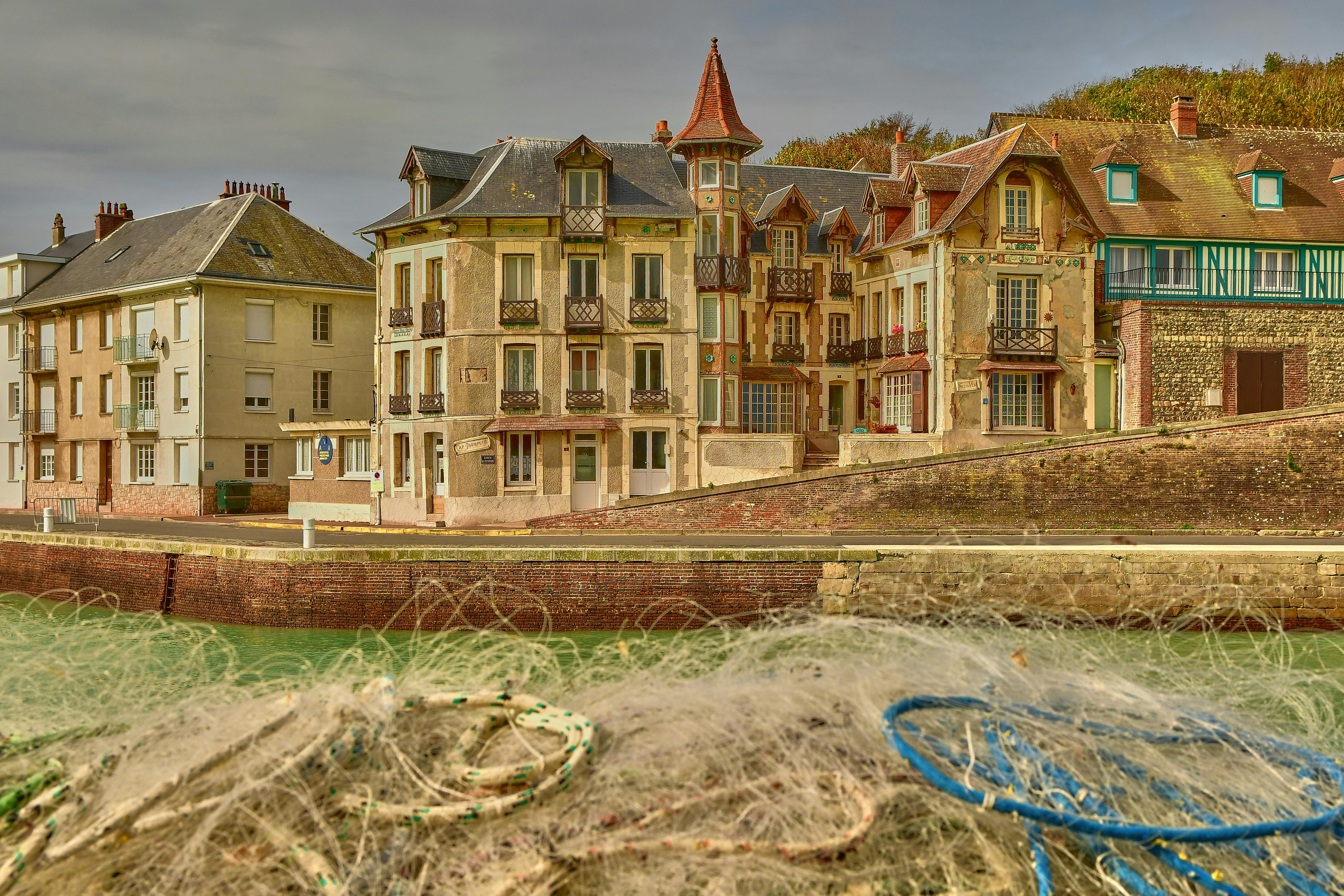Conrad Narvesen established his piano business in 1847 in New York and operated his business as a sole proprietor until he became a naturalized citizen in 1860.
In 1861 he became a partner in Ihlseng and Lindsted and the firm was reorganized as Ihlseng, Narvesen & Lindsted.
Lars G. Ihlseng was from Norway, who was a piano dealer before briefly associating with Narvesen.
Lindsted retired just two years later, in 1863. The firm was reorganized as Ihlseng & Narvesen and they only survived one year together, ending at the end of 1864.
Now working alone, Narvesen was later joined by his son in 1869, and they worked together until 1877.
Narvesen, once again working alone, joined with new partners in 1880 to form Narvesen, Bergmann & Haugaard.
In 1881, Richard M. Walters purchased Narvesen’s piano business. Walters was an investor who also owned a retail business and an auction business. Narvesen, Bergmann & Haugaard continue to serve as Walters’ superintendents in their respective departments.
1885: RM Walters moves the company to a better location in upstate New York. His company was well known for allowing customers to buy musical instruments on installments.
In 1889, RM Walters, who was a popular personality, was often featured in musical revues. Photos of him show a handsome and confident businessman with a prominent mustache that blends into his sideburns. He often wore well-tailored suits with a flower tag on him.
He surrounded himself with other familiar people. His business manager was William Barton Stone, a well-known Indianapolis composer of “The Lambs Polka,” “The Souvenirs Song,” “The Drover Waltz” and “Parnell Funeral March.” Walters and Stone attended many charity events, and Stone acted as the parade sheriff on one occasion, and was noted for being a very good horseman.
Walters died in 1902 of typhoid fever. He passed away at his brother’s house and kept his illness a secret until his death. His death came as a great shock to his friends.
I can’t find any mention of the company after 1902, and it was most likely wound up at that time.
I found an early Narvesen announcement and it’s duplicated below:
Pianos! Pianos!
CONRAD NARVESEN
Manufacturer of
FIRST CLASS
PIANO FORTS
71, 73 and 75 East 22nd Street,
(Bet. 4th and Lexington Ave) New York.
The undersigned invites the attention of the public
And the general trade in these celebrated instruments of their own manufacture, built of the best materials, having all the latest improvements.
COMPLETE IRON FRAME, OVERSTRUNGED LOWER,
Great French Action, Large Scale.
These piano forts are not to be surpassed
For strength and beauty of finish, durability, purity, power and singing quality tone.
FOR THOSE OF ANY MANUFACTURER IN THE COUNTRY.
They are warranted for the full term of 7 years.
The inspection of the musical public is respectfully requested, Liberal Terms to Merchants, Teachers and Ecclesiastics.
Circular price lists sent upon request.
CONRAD NARVESEN
71, 73 and 75 EAST 22nd St., New York

